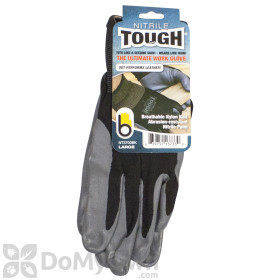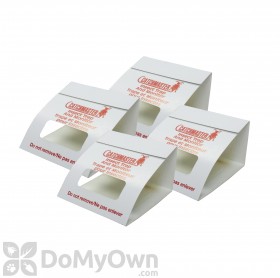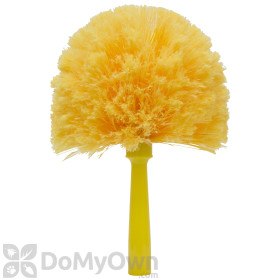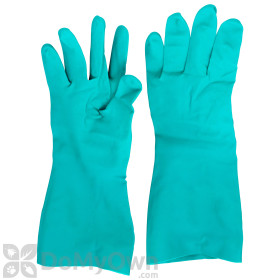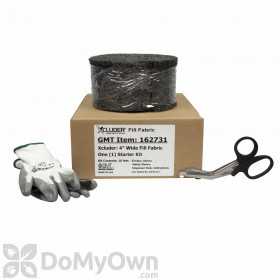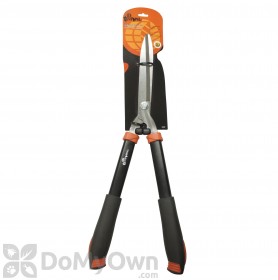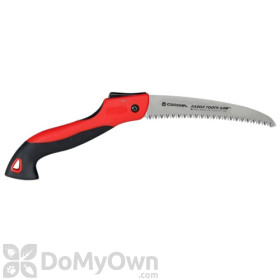
Integrated Pest Management, or IPM, is a holistic approach to pest management that includes prevention and monitoring. IPM yields multiple benefits to the environment because it limits the need for chemicals. The main idea behind IPM is to do what you can to prevent pest infestations before they begin. IPM is also referred to as general pest prevention.
DoMyOwn has developed this 4-part guide to Integrated Pest Management to help you prevent pest infestations with the limited use of products. If you haven't already, read our guides on how to prepare your home for pest treatment, how to find pests in and around your home, and how to do your own pest control treatment to learn more.
Integrated Pest Management
If you have problems with common household pests such as ants, cockroaches, fleas, spiders, and rodents, or simply want to prevent future infestations from occurring, following an integrated pest management program will benefit your home or business.
As mentioned in our how to prepare your home for pest treatment guide, many pest problems can be controlled by making changes to the infested areas. For example, if a home has a major problem with rodents, and rodent traps are consistently trapping rodents, rodents are more than likely gaining entry to your home easily. You may have low hanging branches that touch your roof or windows that have been left open. Removing these entry points to your home could dramatically reduce your rodent population.
The following are smart, easy ways to prevent a pest infestation in your home or business:
1. Clean out clogged gutters
2. Trim bushes and trees away from the structure
3. Remove heavy mulch build-up
4. Ensure that the property irrigation system is managed properly
5. Use sticky traps and live catch traps to monitor and catch pests
6. Keep any moisture buildup away from the foundation of the structure
7. Seal off pest entry points, including cracks and gaps under garage doors, around windows, and where wires enter the structure
8. Eliminate clutter indoors, especially in basements, attics, crawl spaces, garages, and other storage areas
9. Maintain general cleanliness and sanitation standards around and inside the structure
10. Keep firewood stacked off the ground and away from the home
Insecticide Application
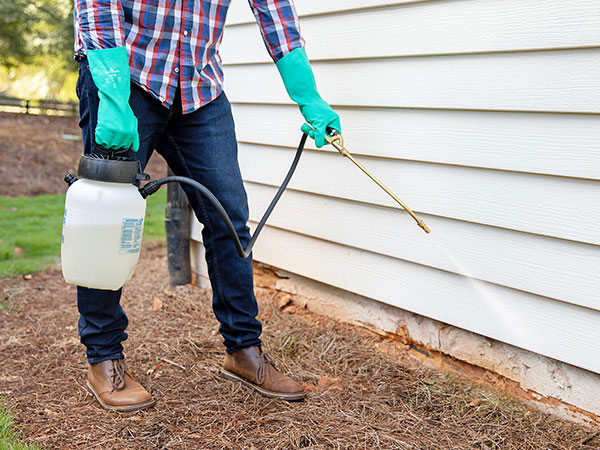
We recommend applying monthly insecticide applications around your structure beginning in early August and continuing through November (or the first frost of the season). Once the frost has thawed in the spring, you can resume monthly applications. Be sure to use the highest recommended usage rate when spraying. The goal of these applications is to keep overwintering pests out of your home or structure. Read our preventative pest control treatment plan for further details on how to apply an insecticide treatment.
Conclusion
We hope you found our 4-part general pest prevention guide helpful. Remember, practicing sanitation and exclusion, performing your own pest inspections, and doing your own pest control treatments will not only save you time and money, but will also prevent a pest infestation from destroying your home. If you suspect you might have a pest problem, give us a call at 866-581-7378 to speak with one of our pest experts.





